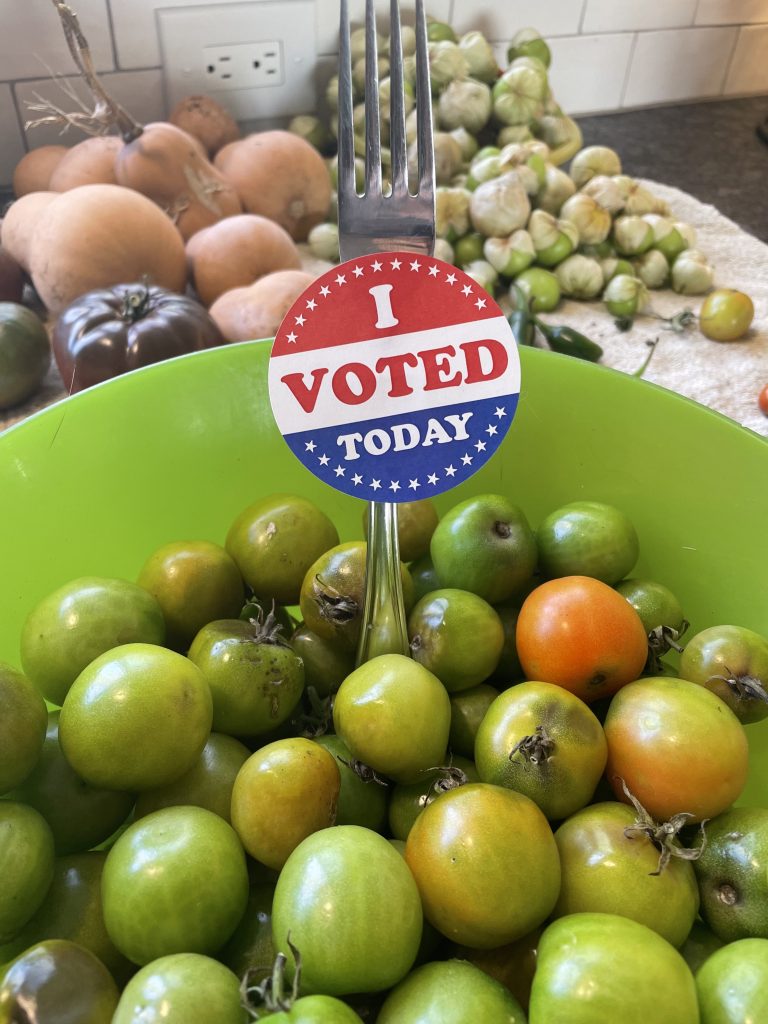Written By: Monica Warren, Dietetic Intern

What is the Child Reauthorization Act?
Every five years, Congress has the opportunity to update and improve the Child Nutrition programs. The process of reviewing and updating these programs is called the Child Nutrition Reauthorization. However, Congress has not passed an updated Child Nutrition Reauthorization since 2010.
A lot has changed since then including: inflated food costs, higher costs of living, the Covid-19 pandemic, and updated dietary recommendations. Luckily, the programs have still been running, but there are many improvements to be made to prevent child food insecurity including simplifying administration and operation, and improving access.
Legislatures will be voting on the Child Reauthorization Act in 2023!
What Could it Change in 2023?
Here are a few of the proposed changes. View the full list of updates proposed here.
Expanded Eligibility
Income limits for eligibility of programs could be increased allowing more families to be eligible. This would also make more schools eligible for the CEP meaning that fewer families would need to go through the hassle of applying. Applications could be required to be reviewed less frequently. For example, a family may need to only apply once every other year instead of annually.
WIC eligibility could be expanded to children aged up to six years instead of five, and to postpartum women from 1 year to 2 years. Being eligible for one of the Child Nutrition Programs could make it so that you are automatically eligible for all of the Child Nutrition Programs funded by the USDA.
Simplified Applications
Applications can be streamlined and simplified with the use of updated technology. Currently, eligible families may give-up on their applications half-way through or never start them because the process can be confusing and intimidating. Simplifying applications can increase the percentage of eligible families utilizing these programs.
Improved Nutrition
Additional nutrition regulations have been proposed including increased restrictions on sodium, requiring 100% whole grains, allowing only 1% or fat-free milk, and more. Access to fresh fruits and vegetables may be improved by supporting farm-to-school programs and expanding the Fresh Fruits and Vegetable Program.
Increase Reimbursement Rates for Schools
Schools are currently reimbursed 8 cents per fully-paid lunch, and are reimbursed significantly more for reduced-price and free lunches ($3.93, and $4.83 respectively). Proposals suggest increasing the reimbursement rate by 10 cents per meal across the board to account for the rise in food costs and to increase flexibility for school food service directors who are working with an extremely strict budget. Increased reimbursement can provide schools with more options to purchase healthy and local ingredients for children.
Allow Kids to Consume Meals Off-Site
Allowing kids to consume meals off site could improve participation by providing an easy on-the-go option. Infrastructure for this already exists at most schools due to changes that had to be quickly made in response to the Covid-19 pandemic. If children can take their meals and snacks somewhere else to eat, they will not need to miss out on necessary nutrition due to schedule conflicts.
How You Can Get Involved
This past July, the House Committee on Education and Labor proposed The Healthy Meals, Healthy Kids Act as their Child Nutrition Reauthorization bill. The future of this bill is currently uncertain as it is waiting to be voted on by the House of Representatives in the upcoming year. If it passes the house, it will next need to be passed by the Senate and the President. If you feel strongly about the Child Nutrition Reauthorization Act, consider reaching out to your representatives or sending a letter through Feeding America.
Sources & Further Reading
Child Nutrition Reauthorization (CNR)

